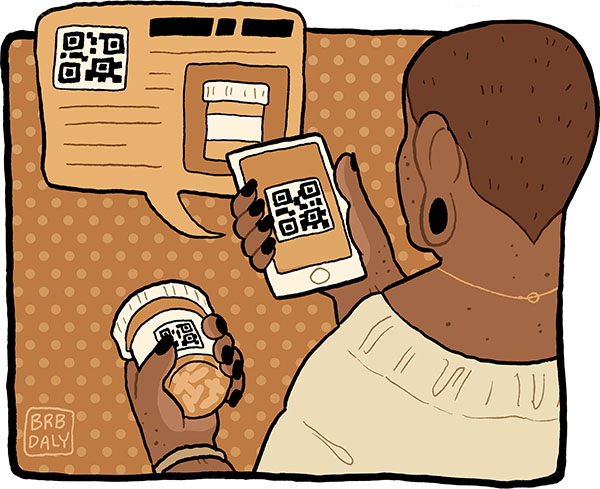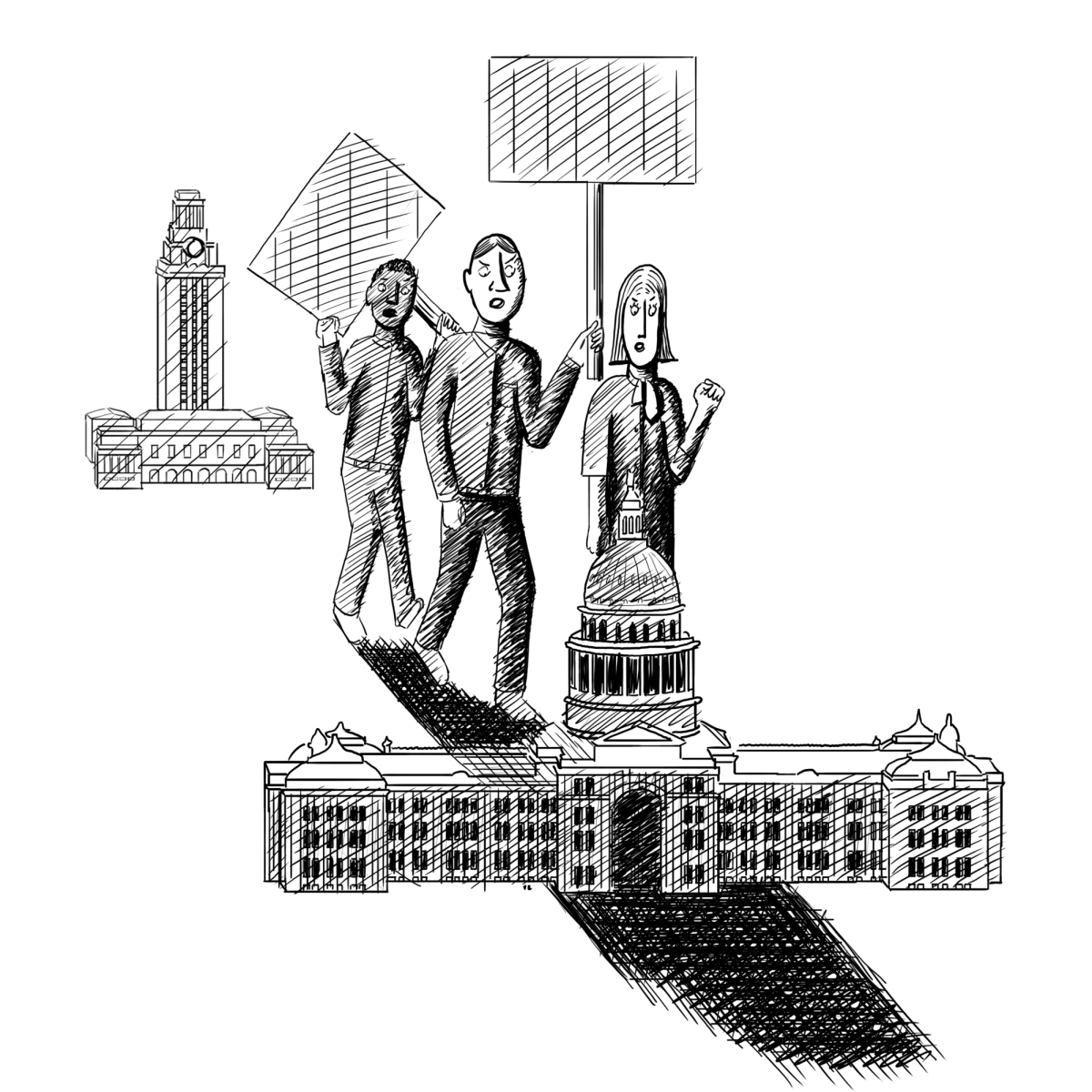Forty Acres Pharmacy is cutting down on paper waste by printing QR codes with medication information on prescription receipts starting this semester.
By scanning the QR code with their mobile device, patients will have access to videos explaining the proper usage and side effects of their specific prescription from the medication video library, MedsOnCue. This initiative is meant to provide patients with readily available, accurate medical information and help make UT a zero-waste campus, said Terry Weaver, chief pharmacist at Forty Acres Pharmacy.
“It’s not intended to replace one-on-one consultation with the pharmacist by any means,” Weaver said. “This is just another way for them to have that information accessible to them after they leave the pharmacy.”
Kristen Ashley Garling, clinical assistant professor at the College of Pharmacy, said when a patient goes to the pharmacy for a new prescription, they receive a lot of information, including counseling from a pharmacist regarding dosage and side effects. However, patients forget 40% to 80% of the information they’re told, according to the Journal of the Royal Society of Medicine.
“That’s where MedsOnCue is just an even bigger touch point that a patient can access at any time,” Garling said.
MedsOnCue videos are offered in Spanish and English, Weaver said. From the video page, he said patients can contact the pharmacy directly if they have any questions. Patients can also program dose and refill reminders on their phone by using the page links, he said.
Patients can still request a printed copy of their medication information, but Garling said using the QR code to access information online will help decrease the amount of paper wasted by the pharmacy. She said the pharmaceutical industry is one of the highest waste-producing industries in the country.
Garling said Walgreens Boots Alliance, the holding company for Walgreens retail pharmacies, has the only other zero-waste initiative she has seen. However, the alliance is looking at the warehouse side of pharmacies and not the storefront, Garling said. The company generated 670,000 metric tons of waste during the 2018 fiscal year, according to its website.
“The store level is where you do get a lot of paper wasting and things like that because everything is manual, bottles are individual,” Garling said. “That’s a lot of plastic, the paper handouts, paper bags, things like that. That creates just tons and tons of waste.”
Having MedsOnCue available to pharmacy patients will help contribute to the University’s zero-waste initiative and help set a positive example for pharmacies across the country, Garling said.
Haley Ngo, communication and leadership freshman, said having QR codes will help reduce waste by reducing the amount of paper stapled to the outside of the prescription bag. Ngo said if she didn’t know anything about a new prescription, she would watch the MedsOnCue videos.
“I’m trying to get the most efficient information and see what I need as soon as possible so I know what I need to do,” Ngo said.
Biochemistry senior Kenia Segura said she is “pro-green,” so having an electronic option is better than only providing paper information about medications. Segura said initiatives such as this have the potential to reduce waste, but only if multiple universities get on board.
“If there’s enough universities or other institutions, it makes a difference,” Segura said.




















